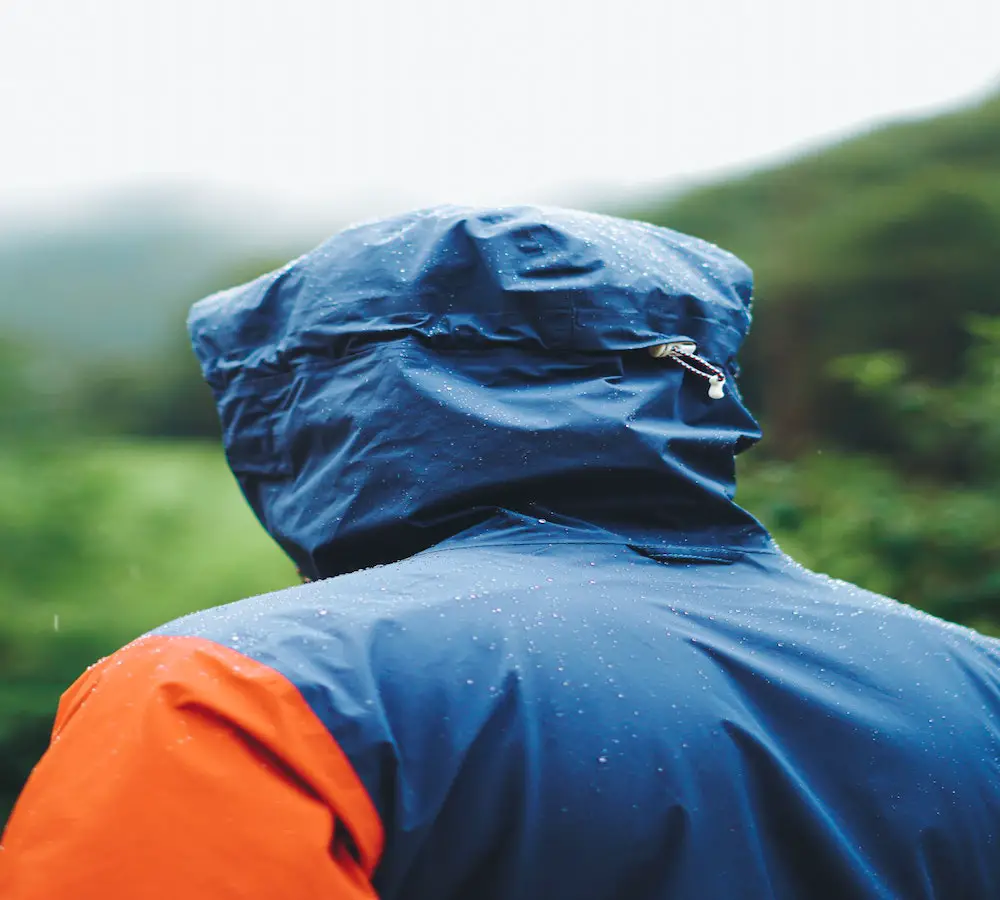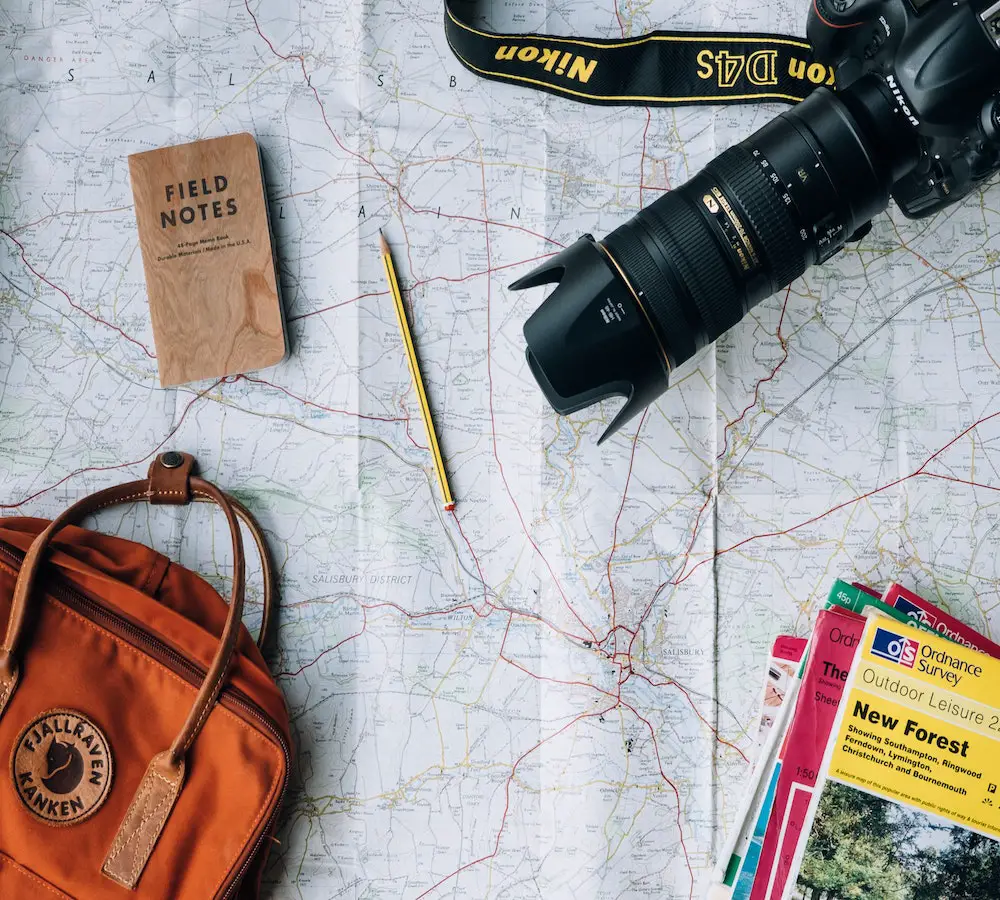This post may contain affiliate links which means we may get a commission if you make a purchase at no additional cost to you. As an Amazon Associate we earn from qualifying purchases. Please read our disclosure for details.
"Each product we feature has been independently selected and reviewed by our editorial team. If you make a purchase using the links included, we may earn a commission."
Africa is a continent everyone should visit at least once in a lifetime. There are many reasons to visit, such as exploring new cultures, volunteering on charity or humanitarian projects, and visiting the gorgeous beaches and many sites of interest. Yet, it’s hard to think of a trip to Africa without a safari experience making the African safari packing list a must-read.
An African Safari is more than pure entertainment, a safari makes you more conscious about the value of African wildlife, and the threats that surround it.
Despite having an overall positive impact, a safari trip comes with challenges. An African safari packing list is not always straightforward because of the spontaneous nature of Africa itself, and the many unfamiliar geographic conditions.
As a company endeavoring to promote the beauty of Africa, we want to inform our readers about how to prepare a packing list for an African safari. So, hop into a comfy seat, grab your tea, and let’s get started.
Top Safari Destinations
Before getting into detail, you might be wondering where the best place African safari can be found. The tips provided in this article will relate to many African countries where excellent safaris can be experienced
While the majority of the African continent has a rich abundance of wildlife, the most popular safari destinations are in Southern and East Africa. The most popular countries for safari are South Africa, Botswana, Namibia, Zimbabwe, Zambia, Tanzania, Kenya, and Uganda.
The climates in most of these countries revolve around a dry season and a wet season. The dry season has very little rain with mild day temperatures and low night temperatures. On the other hand, the wet season is known for afternoon showers, temperatures over 30 degrees, and high humidity. You should always consider this general knowledge when making your African safari packing list, especially when selecting your clothes.
African Safari Packing List
Clothing
While your choice of clothing depends on the time of your visit, there are essential items that you will always need.
General Tips
- The first tip on your African safari packing list is to have layers of clothing with you. The temperature will differ considerably from the morning to the late afternoon, and from afternoon to evening. Using layers of clothing ensures you will be prepared for the different temperatures throughout the day.
- The color of your safari clothes is also essential. If you are driving in open safari vehicles, your clothing will be visible to the wildlife around you. To avoid unnecessary attention from wild animals, bright colors are not recommended. Instead, you should go for natural or earth tones to blend in with nature.
- Whether you are in a safari vehicle, or on a walking safari, you need to protect your skin from three things – sunlight, dust, and insects. For this reason, we strongly advise that you wear long pants and long-sleeved t-shirts to cover your arms and legs fully. The lighter the weight of these clothes, the better.
- Hats, hats, hats!!! Mad dogs and Englishmen go out in the midday sun, and going out in the middle of the day with your head exposed to sunlight is the worst thing you can do. Make sure you bring a long-brimmed hat for maximum protection from the sun
- You should also bring a scarf to cover your nose and mouth if the road inside the game reserve is sandy and dusty.
For The Wet Season

- Protection from the frequent afternoon rains is the most important consideration when traveling during the wet or rainy season. You will need a good raincoat to protect yourself and your belongings from getting wet – an umbrella is not practical.
For The Dry Season
- If you are visiting destinations far from the Equator, you should be aware that their dry season has freezing nighttime temperatures. If you are going on an evening drive or an early morning safari, you should pack warm clothes.
For Bush Walks
- You will sweat along when walking in the African bush. You can prevent the uncomfortable effects of sweat by wearing thermal t-shirts and leggings that absorb the sweat and preserve your body temperature.
For Evenings
- Many safari lodges offer a barbecue and dinner in the bush. You can pack smart-casual clothes for such occasions.
Shoes
You will need to pack different types of shoes if you want to try out multiple safari options.

- The bottom line is to bring reliable, comfortable shoes that are resistant to hard surfaces, water, and dust.
- You will need proper hiking boots for walking safaris as these tours often last for at least two hours and sometimes more. Furthermore, hiking trails have a lot of mud and rocks, meaning your hiking boots should protect your feet and ankles.
- If a boat safari in Okavango Delta is among your plans, we recommend that you wear comfortable sandals.
Toiletries and Medication – Essentials of African Safari Packing list
To fully enjoy your safari experience, you need to maintain your health and hygiene. Here is a list of essential items that you should bring.
- To protect yourself from germs, you must maintain your hand-hygiene by bringing lots of hand-sanitizers with you.
- Almost all of the safari destinations in Africa have moderate to high risk of Malaria. Thankfully, you can consult your pharmacy for anti-malarial medication. You should have enough malaria pills to cover you throughout your trip, and for at least another week after your trip. Some countries require you to present proof of vaccination from other diseases such as yellow fever.
- It is a good idea to pack a basic medical kit for a variety of conditions that include heat stroke to an upset stomach and a cold.
- Exposure to high quantities of dust can harm your eyes. You should use eye-drops to protect them.
- Too much sunlight is harmful to the skin, especially in Africa where the sun is very strong. This is why you should have sunscreen with an SPF factor of 50.
- Besides anti-malarial pills, you can bring DEET-containing insect repellent. Furthermore, citronella oil has a scent that repels mosquitoes.
- Most hotels and lodges in safari parks will provide basic toiletries, but you should still bring your own.
Tech and Gear
Let’s consider useful items that will make your trip more comfortable and enjoyable.

- Firstly, you need a good camera on your African safari packing list. The camera should have a high level of optical zoom (at least 20X). A camera without shutter delay is recommended to take shots when on the move.
- Once you start your safari journey, you will continuously want to take photos. You would be naive to think only one memory card is enough. Ensure you bring as many as possible, and if you can upload images to the cloud at the end of each day, this, too, makes sense.
- Binoculars are vital when looking out for the animals in the distance. While your tour guide will probably have spare binoculars for tourists, having your own is preferred.
- To keep your electronics charged at all times, make sure you have the batteries and adapters compatible with the country you are visiting. A multi-socketed charger will help you charge your devices simultaneously and save you a great deal of time. You can also bring a power bank for emergencies.
- Some campsites in national parks don’t have sufficient lighting at night. To be on the safe side, you can bring your torch or flashlight.
- You should bring sturdy hand luggage for the items you want to carry with you during game drives.
- If it is your very first safari, it could be a good idea to bring an informative booklet about the wildlife of the country you are visiting. This will help you identify the animals you encounter. Likewise, you could bring a book for bird-watching.
Documentation in African Safari Packing List

Visa
Many African countries have visa-on-arrival or visa-free policies for citizens of Europe, the UK, the US, Canada, Australia, and many other countries. It is advisable to check the visa regulations before you travel. Nevertheless, always make sure your passport and a copy are available. Your passport should be valid for at least six months after the end of your trip.
Border Crossing
If you are crossing borders in Africa, you will need to provide documentation for the car you are driving, whether it is your own or a rental one and the driver. This documentation includes a valid international driver’s license, vehicle insurance valid for 90 days, vehicle registration documents, and a sticker of the country of the origin of the car.
Travel Insurance
It is natural to be concerned about the possibilities of unfortunate events happening during your African Safari. To have peace of mind, you should take out travel insurance from a reputable company such as World Nomads that will cover you in a variety of circumstances throughout your trip.
Conclusion
A safari trip to Africa is beneficial both for you as a tourist, and for the conservation of the wildlife funding by revenue from tourism. Being amongst wild animals with nothing but a car to protect you is a scary idea. Still, we can guarantee that your experience will be fantastic if you know what to have on your African safari packing list.
African Safari Packing List – FAQ
You shouldn’t pack clothes with very dark or very bright colors. Especially dark blue and black attracts many insects like tsetse fly.
We recommend sturdy, closed shoes, long-sleeved t-shirts, long pants, and a light jacket or a sweater.
We would not recommend this because the dirt and the dust on the road will make your white shirt very dirty.
Yes, you can. Don’t forget; it should have a light blue color, as dark blue attracts tsetse flies.

